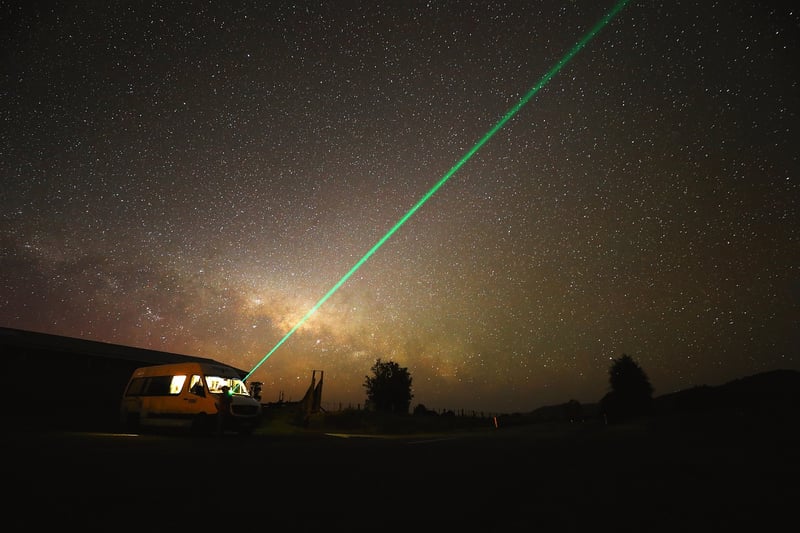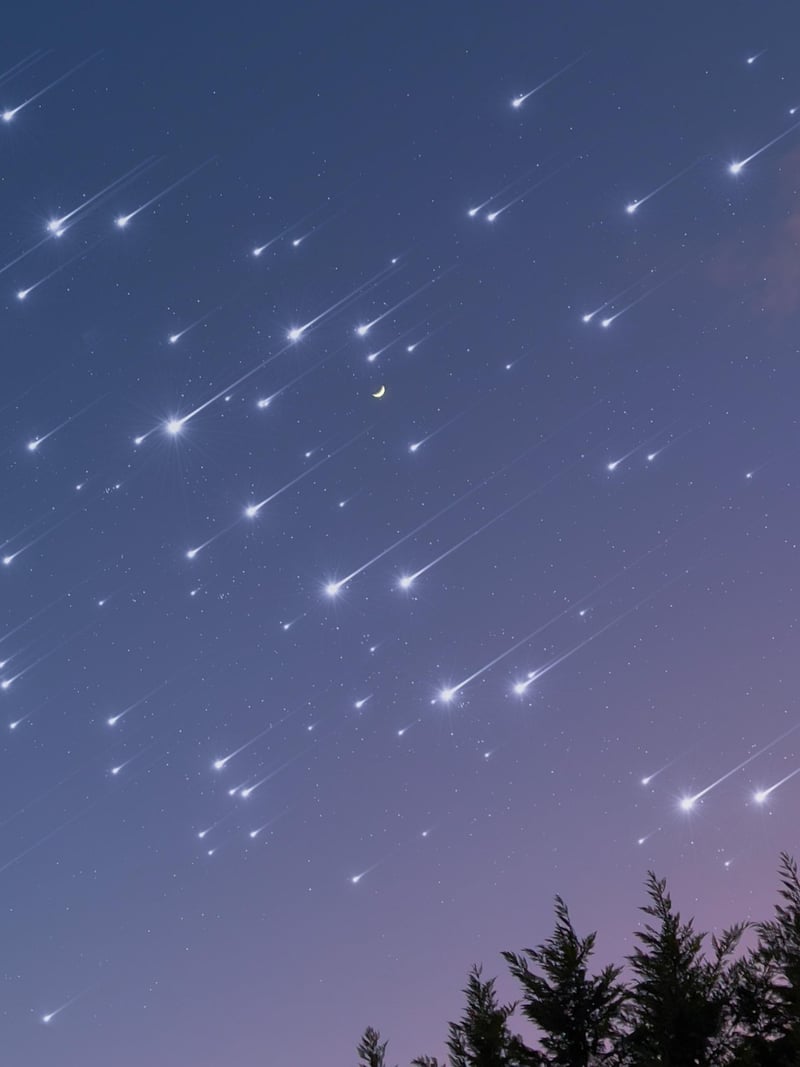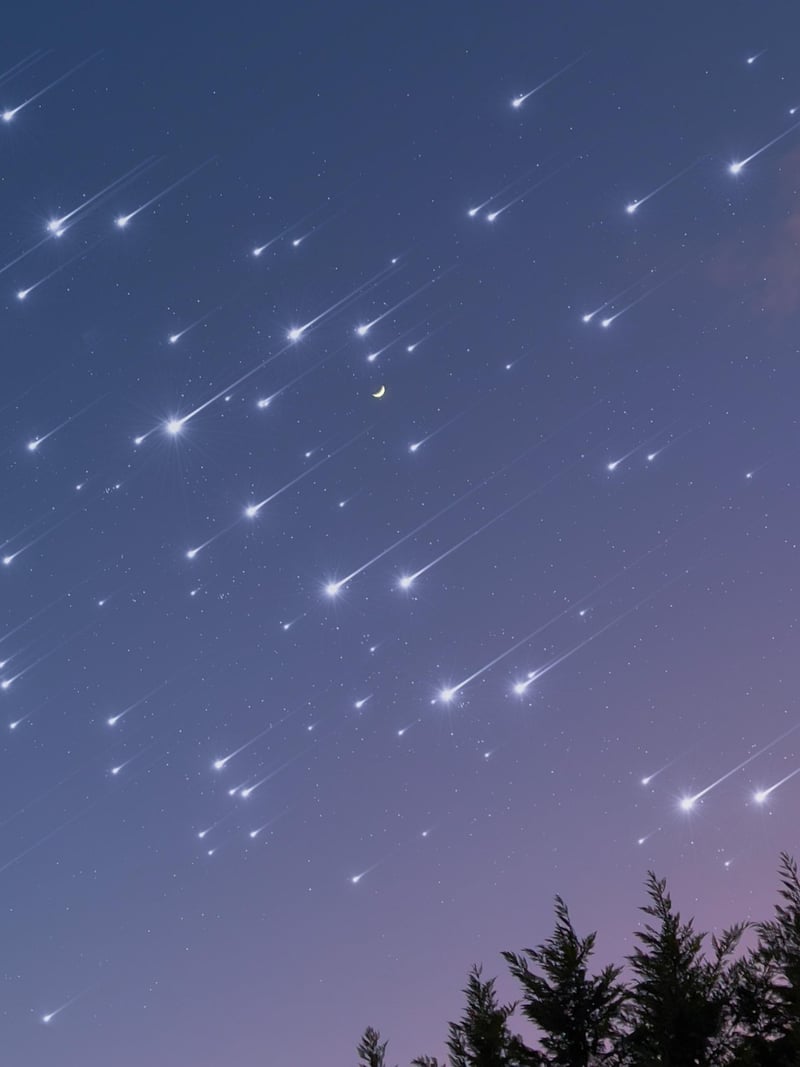Meteor Showers
Astronomical Wonders and Meteor Showers
Exploring the night sky can unveil a world of breathtaking beauty and wonder. From distant galaxies to meteor showers painting the sky, there is an array of astronomical phenomena to marvel at. Let's delve into some of the most captivating astronomical wonders and meteor showers that grace our skies.
1. The Milky Way
The Milky Way, our home galaxy, is a stunning sight to behold on a clear night. Stretching across the sky as a band of light, it comprises billions of stars, gas, and dust. Away from city lights, you can witness the Milky Way's beauty in all its glory.

2. Orionid Meteor Shower
The Orionid meteor shower occurs annually from early to late October, originating from Halley's Comet. Named after the constellation Orion, this shower produces swift and bright meteors that streak across the sky. Find a dark spot away from city lights for the best viewing experience.

3. The Northern Lights
The Aurora Borealis, or Northern Lights, is a spectacular natural light display in the Earth's sky, predominantly seen in high-latitude regions. Caused by solar wind particles colliding with the Earth's atmosphere, it creates a mesmerizing dance of colorful lights in the night sky.

4. Perseid Meteor Shower
One of the most popular meteor showers, the Perseids peak in mid-August every year. Originating from the debris left by Comet Swift-Tuttle, the Perseids offer a stunning display of bright meteors, making it a favorite among stargazers and photographers.

Whether you're an avid stargazer or just someone who appreciates the beauty of the night sky, these astronomical wonders and meteor showers are sure to leave you in awe of the universe's magnificence.
Remember, when observing astronomical events, find a dark location, away from light pollution, and allow your eyes to adjust to the darkness for the best viewing experience.
Happy stargazing!
